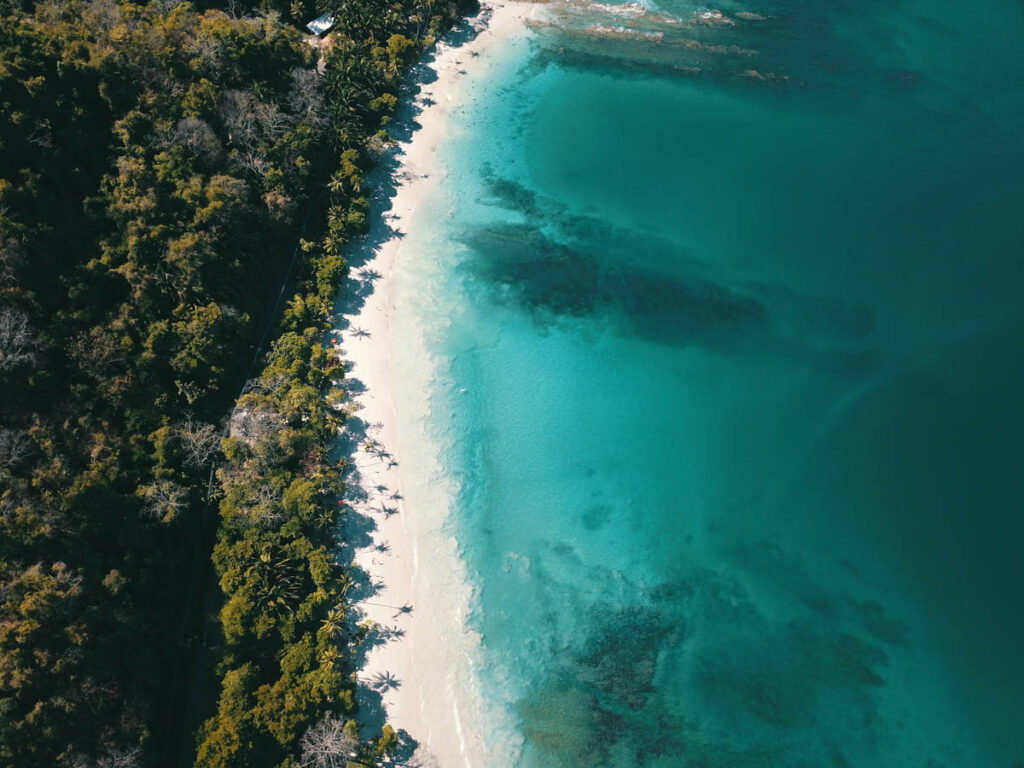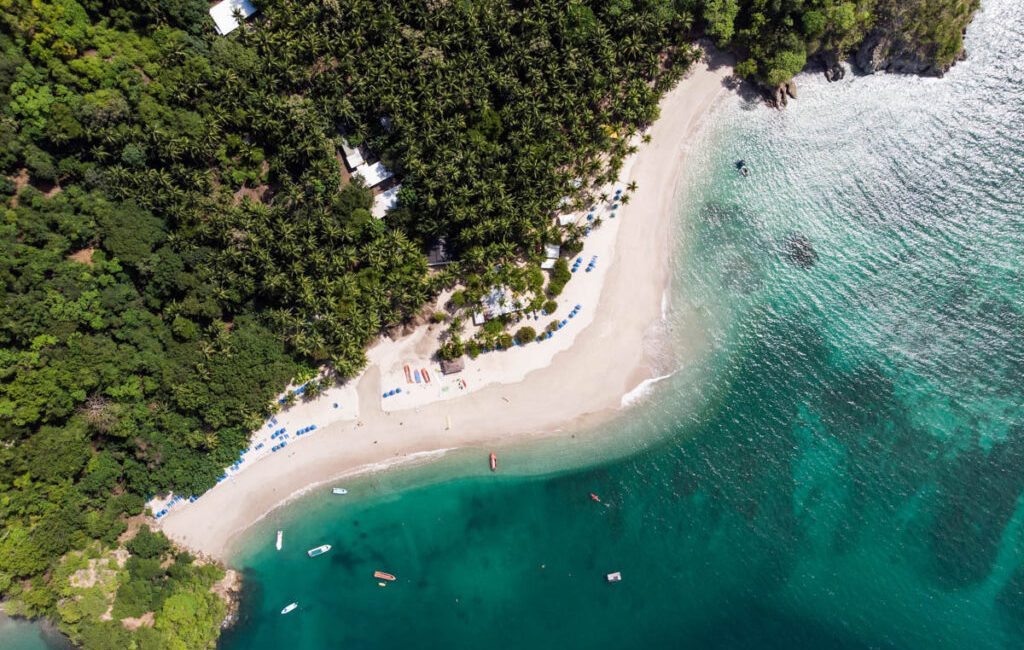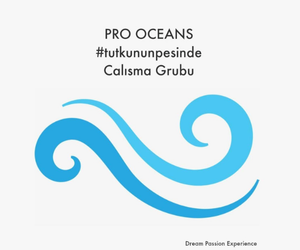Costa Rica may be best known for its lush rainforests, active volcanoes, and abundant wildlife but beneath its turquoise coastlines lies a realm just as thrilling. With two coastlines, one on the Pacific Ocean and the other on the Caribbean Sea, this small Central American country offers an extraordinary diversity of dive experiences, from gentle coral reefs teeming with macro life to dramatic offshore pinnacles patrolled by pelagic giants. Whether you’re a wide-eyed beginner or an adrenaline-seeking veteran, Costa Rica delivers.
A Tale of Two Oceans
Costa Rica is one of the few places in the world where you can dive both the Caribbean and Pacific sides in a single trip. Each coast brings its own personality to the table.
On the Caribbean side, you’ll find warm, gentle waters and coral-rich reefs that are ideal for beginners and those with a love for colorful, shallow diving. Places like Cahuita National Park and the reefs near Puerto Viejo offer encounters with lobsters, nurse sharks, parrotfish, and anemones nestled in sprawling coral gardens.
But it’s the Pacific coast where Costa Rica truly unveils its wild side. Here, volcanic rock formations, pinnacles, and seamounts rise dramatically from the depths. The currents are stronger, the depths greater, and the life much, much bigger.

Photo by Luis Diego Aguilar on Unsplash
The Magnetism of the Pacific
From the Guanacaste coast down to the Osa Peninsula, the Pacific side is a diver’s playground. The famed Catalina Islands, just off the coast near Tamarindo and Playas del Coco, are a haven for giant manta rays, eagle rays, and white-tip reef sharks. Caves, arches, and dramatic walls define this rugged underwater terrain. Catalina is perfect for intermediate divers and above, though guided trips make it accessible to enthusiastic beginners too.
Farther north lie the Bat Islands (Islas Murciélago), a must for thrill-seekers. This advanced dive destination is famous for its bull sharks—big, bold, and often seen up close with no cage between you and them. The dives here are deep and current-swept, demanding experience and respect.
And then there’s Cocos Island—Costa Rica’s ultimate diving frontier. Over 500 kilometers from the mainland, this UNESCO World Heritage Site is only accessible via liveaboard and takes more than 30 hours to reach. But for those who make the journey, the reward is incomparable. Schools of hammerhead sharks, tiger sharks, whale sharks, giant manta rays, and even sailfish have been spotted cruising the nutrient-rich waters around this isolated island. It’s raw, it’s remote, and it’s utterly unforgettable.
Caño Island: The Unsung Gem
Tucked near the southern Osa Peninsula, Caño Island Biological Reserve is often overshadowed by its more famous offshore sibling, Cocos. But make no mistake—Caño offers some of the best diving on the mainland. Accessed via boat from Drake Bay or Uvita, Caño is renowned for its clear waters, healthy reef systems, and frequent sightings of reef sharks, turtles, and rays. It’s also strictly regulated to preserve the marine environment, so diver numbers are limited—an added bonus for those seeking tranquility beneath the surface.
When to Go
Costa Rica’s dive seasons are shaped by its tropical climate and shifting oceanic currents. The dry season, from December to April, brings calm seas and high visibility—ideal for exploring reefs and learning to dive. Meanwhile, the green season, from May to November, sees rougher seas but richer pelagic activity. If hammerheads or bull sharks are on your wishlist, aim for the rainy months. Whale sharks typically appear between June and December, while humpback whales visit from July to October and again in January and February.
What to Expect Underwater
Water temperatures range from 24–29°C (75–84°F), though thermoclines are common, especially around deep offshore sites. A 5mm wetsuit is recommended for most dives, and gloves are not permitted in protected marine areas.
Visibility can fluctuate greatly depending on location and season—expect 10–30 meters on average in the Pacific, and slightly less in the Caribbean. Strong currents are common in offshore areas, especially at Cocos and Bat Islands, making drift diving skills a must for advanced dives.
Getting There and Getting Wet
Costa Rica is remarkably accessible, with two international airports: Juan Santamaría International Airport (SJO) in San José, and Daniel Oduber Quirós International Airport (LIR) in Liberia. If your goal is Cocos Island, you’ll depart from the port city of Puntarenas after a long transfer and gear check. For day diving, the Pacific coast resorts near Tamarindo, Playas del Coco, and Drake Bay offer easy access to top sites like Catalina, Bat Islands, and Caño.
Dive operators across the country provide PADI certification courses, refresher programs, and guided tours for all levels. Nitrox is widely available, especially on liveaboards and at dive centers serving more advanced routes.
More Than Just Diving
What sets Costa Rica apart from many dive destinations is what happens above the surface. Imagine surfacing from a shark-filled drift dive, only to spend your afternoon ziplining through the rainforest, hiking to volcanic hot springs, or spotting toucans in cloud forests. This is a country where biodiversity reigns—on land, at sea, and in the air.
Why Costa Rica Should Be on Every Diver’s Bucket List
Costa Rica is not just a destination—it’s a dive journey through multiple ecosystems, skill levels, and unforgettable experiences. From the laid-back reefs of the Caribbean to the pulse-pounding excitement of Cocos Island, every dive is framed by the country’s deep commitment to conservation and sustainable tourism.
Whether you’re logging your first open water dive or chasing elusive schools of hammerheads, Costa Rica offers something few places can: true variety, real adventure, and an ecosystem still wild at heart.
Get all of the latest news, reviews and offers from Costa Rica in at The Scuba News – News by Destination
THE SCUBA NEWS Link !
DemirHindiSG 16 Temmuz 2025-11:41




